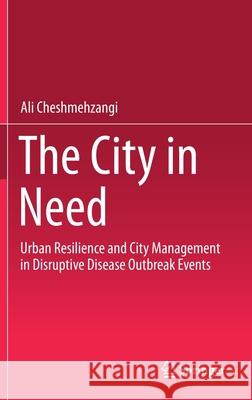The City in Need: Urban Resilience and City Management in Disruptive Disease Outbreak Events » książka
topmenu
The City in Need: Urban Resilience and City Management in Disruptive Disease Outbreak Events
ISBN-13: 9789811554865 / Angielski / Twarda / 2020 / 304 str.
The City in Need: Urban Resilience and City Management in Disruptive Disease Outbreak Events
ISBN-13: 9789811554865 / Angielski / Twarda / 2020 / 304 str.
cena 524,53
(netto: 499,55 VAT: 5%)
Najniższa cena z 30 dni: 501,19
(netto: 499,55 VAT: 5%)
Najniższa cena z 30 dni: 501,19
Termin realizacji zamówienia:
ok. 22 dni roboczych.
ok. 22 dni roboczych.
Darmowa dostawa!
Kategorie:
Kategorie BISAC:
Wydawca:
Springer
Język:
Angielski
ISBN-13:
9789811554865
Rok wydania:
2020
Wydanie:
2020
Ilość stron:
304
Waga:
0.63 kg
Wymiary:
23.39 x 15.6 x 1.91
Oprawa:
Twarda
Wolumenów:
01
Dodatkowe informacje:
Wydanie ilustrowane











